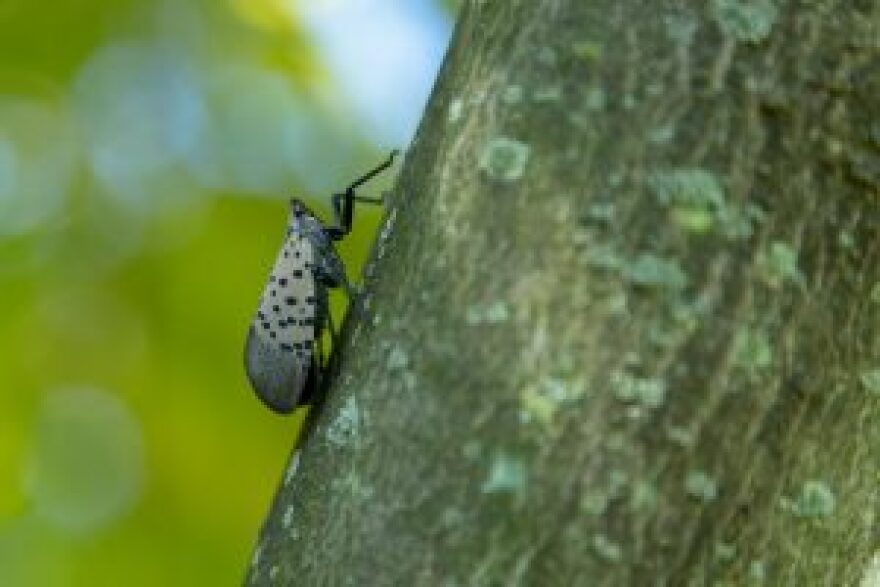Officials say sightings of the invasive spotted lanternfly are becoming more common in Delaware.
The Chinese insect was first seen in Delaware in 2017 and its populations have continued to multiply in the First State since.
The state reports an approximately 3,000 percent increase in calls this year compared to last from people who say they’ve seen the fly.
And University of Delaware Ornamentals Integrated Pest Management Extension Specialist Brian Kunkel says it will likely get worse before it gets better.
“I’m not saying it’s going to be like insects everywhere crawling out of your eyes and ears and stuff like that,” said Kunkel. “It’s just that we’re going to see populations, we’re going to see them, because without anything to curb the abundance of the insect their population is only going to grow.”
A quarantine on New Castle County businesses is still in effect and county residents who travel are encouraged to check their vehicle for the fly before heading out. And Delaware Department of Agriculture CAPS Survey Coordinator Stephen Hauss says spotted lanternfly populations still seem to be contained to the northern part of the state.
“We get some public reports of them being spotted downstate,” said Hauss. “A lot of them are misidentifications of other insects that people think are spotted lanternflies but they turn out not to be.”
But Kunkel says that could easily change as the bug is an adept hitchhiker.
“It would be a very tough challenge to limit it from heading down south inadvertently,” Kunkel said. “I mean, it just takes a female that’s fertilized to make it down there sometime between now and November.”
In addition to the quarantine, the state is also treating areas in New Castle County with pesticide to reduce the insects' spread, and encouraging property owners to do the same.
Kunkel says there's not much more that can be done at this time, but he adds future options include introducing natural predators or fungi to control the spotted lanternfly population.



